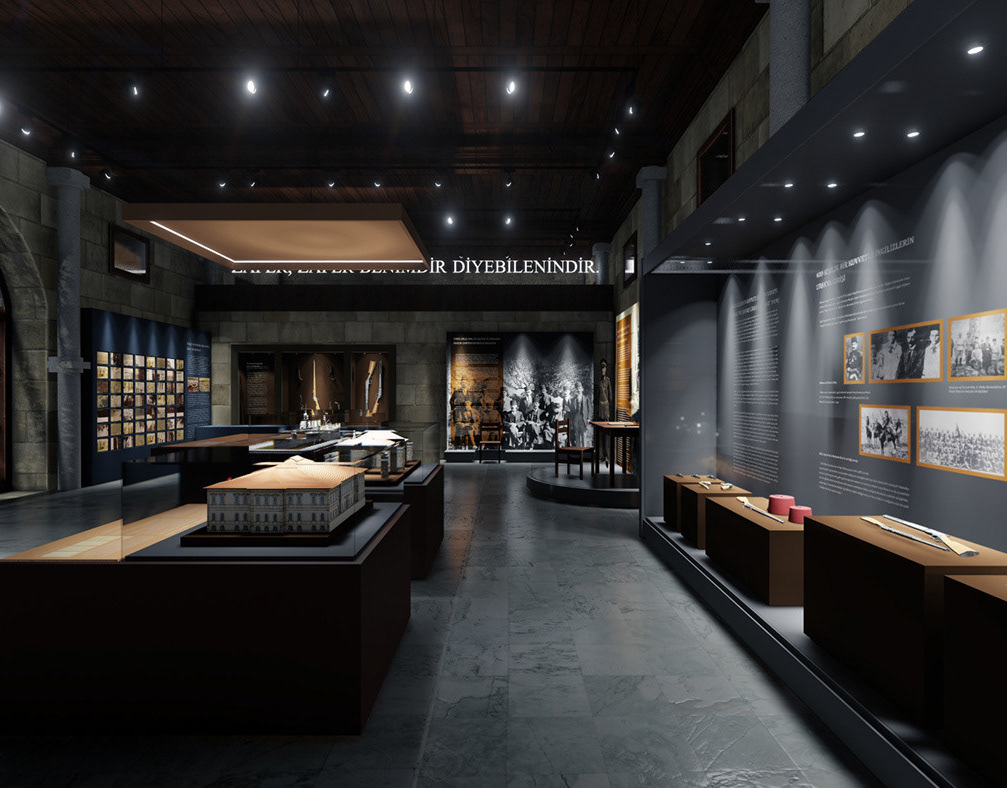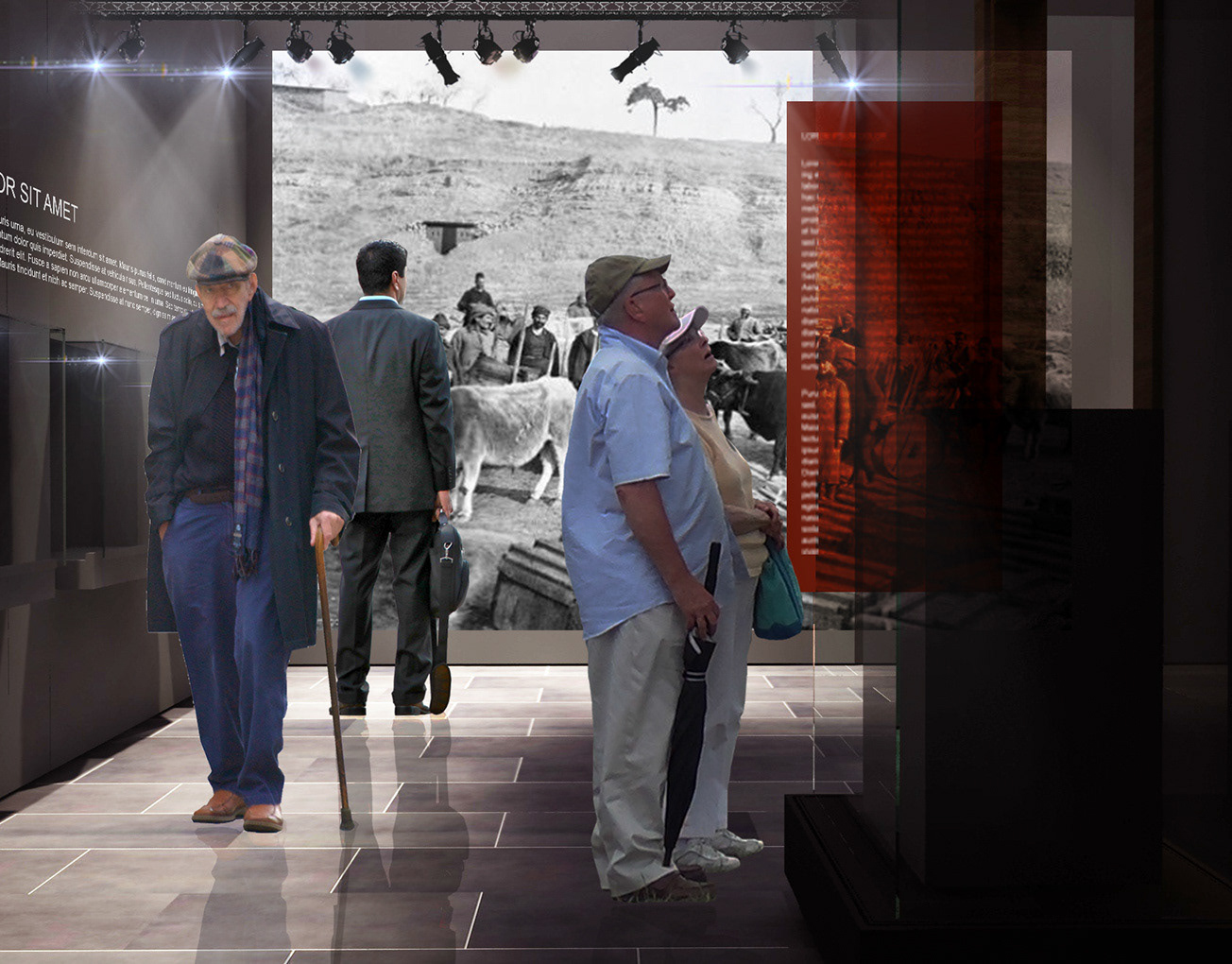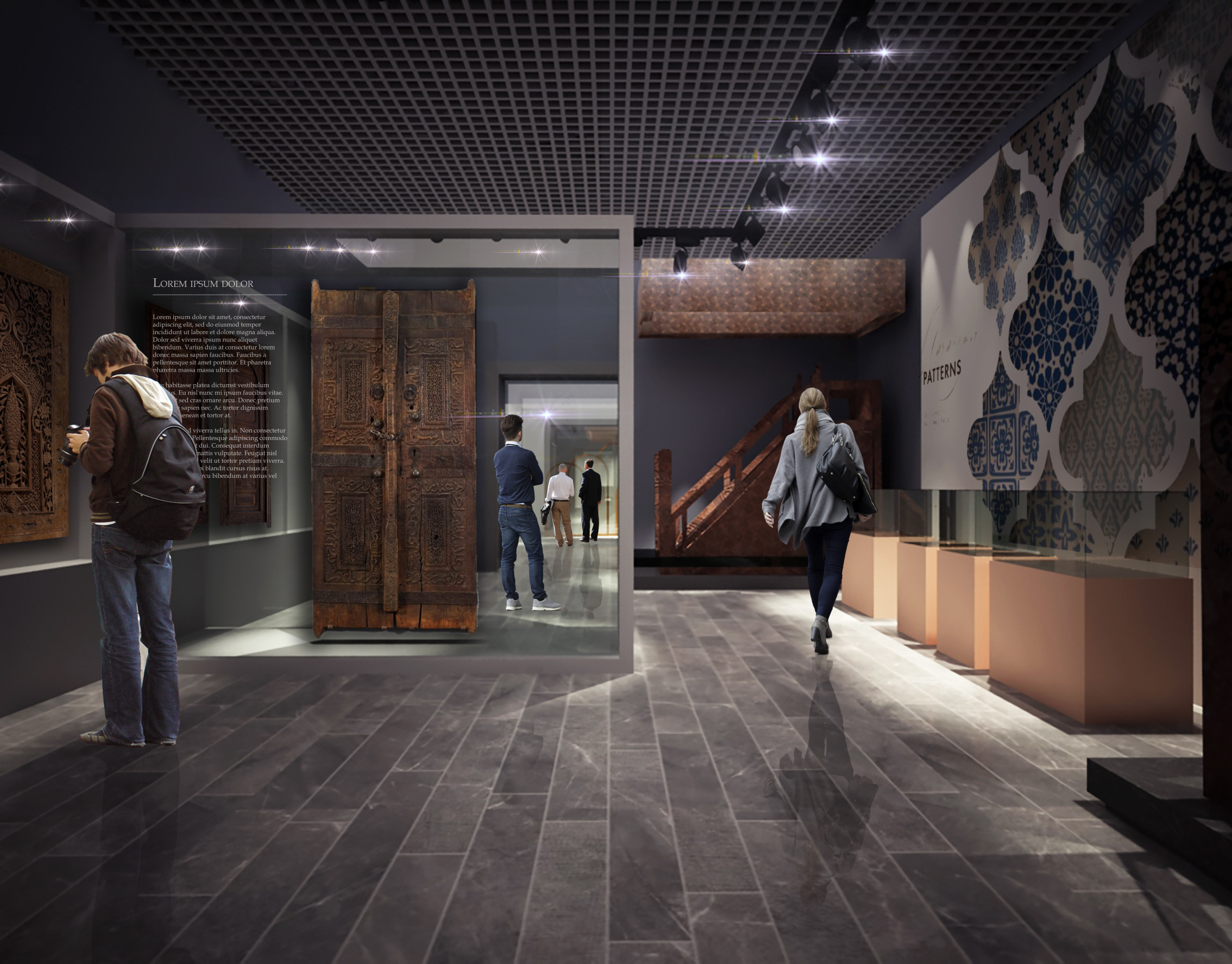Srebrenica Genocide Museum
The battery factory in Potačari, which was designated as a refugee camp by the United Nations Peace Force during the Bosnian War, has been transformed into a museum and memory center through collaboration with local experts and war witnesses. In the first phase of the project, the existing 5000m2 factory space was preserved, and a permanent exhibition was created with the aim of commemorating the Bosnian War and the Srebrenica Genocide. The museum showcases both the building itself and its content, including the history of the region, the siege, and the genocide, without erasing the profound memory embedded within it. Due to the building's historical significance, no physical alterations were made to its original structure, preserving it in situ as a backdrop and container for the entire exhibition. The exhibition space has been transformed through immersive experiences and the inclusion of war-witnessed objects, forming a collection that guides visitor circulation and serves as the exhibition's backbone. The exhibition concept incorporates theatrical installations, audio-visual documentaries, and voice installations. Aligned with the exhibition's concept, themes such as "The Siege of Cities," "Concentration Camps," "Safe Zone Declaration," "Siege of Srebrenica," "Expulsion of Women and Children," "Death March and Escape from the Region," "The Hague Decisions," "Mass Graves," "Identification of Missing Persons," and "Mothers of Srebrenica" are conveyed through documents, video recordings, and the testimonies of those who experienced the war. Through out the project we collabrate with Srebrenitsa Memorial Center and war withenessess.
You may also like










